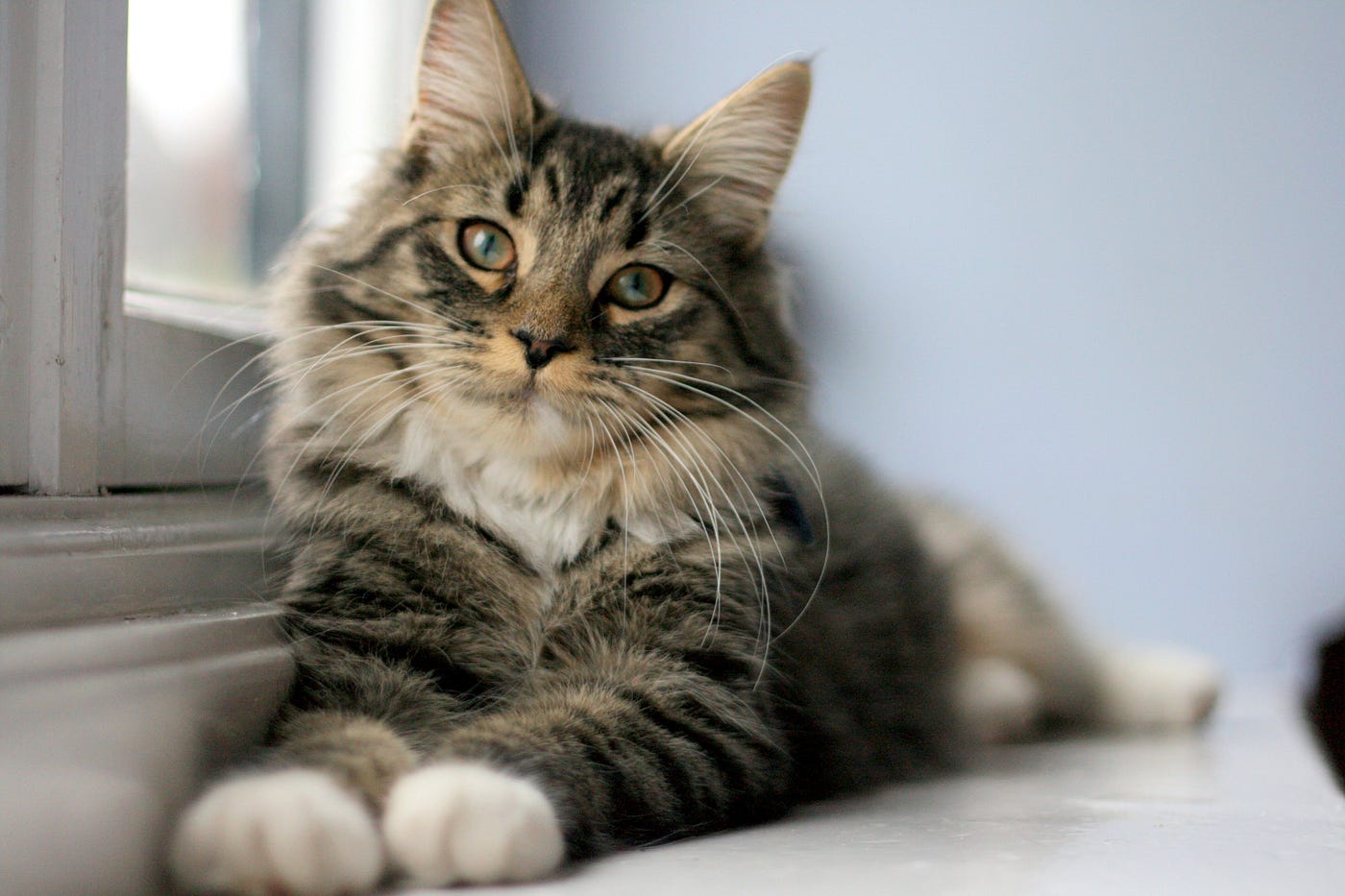In American society, the role of pets extends far beyond mere companionship; they are now making significant contributions in therapeutic
fields. Cats, in particular, due to their calm and affectionate nature, are increasingly becoming popular as therapy animals. These therapy cats are helping to improve the mental and physical health of people in hospitals, nursing homes, schools, and even airports. Their presence is particularly effective in reducing stress, alleviating anxiety, and fostering a sense of overall well-being.
The therapeutic role of cats has become an integral part of modern healthcare. They assist patients in recovering faster, combat loneliness among the elderly, and instill empathy and responsibility in children. Scientific research has shown that contact with a cat can lower blood pressure and decrease the levels of stress hormones. This unconditional love and warmth have added a new dimension to the daily lives of Americans, proving immensely beneficial for their mental and physical health.

What Are Therapy Cats and Why Are They Effective?
Therapy cats are specially trained felines with a unique ability to connect with people and alleviate their emotional and physical distress. These cats are typically calm, patient, and friendly in nature. Their primary role is to spend time with people, offer comfort, and create a joyful atmosphere. Therapy cats are especially known for their soothing presence; their gentle purring and soft touch help to calm human minds.
There are several scientific reasons behind the therapeutic effectiveness of cats. When an individual pets or interacts with a cat, their body releases oxytocin, a hormone associated with feelings of love and bonding. Simultaneously, the levels of the stress hormone cortisol decrease. This interaction also helps lower blood pressure and heart rate, which is beneficial for cardiovascular health. Furthermore, the quiet and peaceful presence of cats can help fill the void of social connection, particularly for those experiencing loneliness.
The Role of Therapy Cats in Healthcare (Therapy Cats in American Life: Their Growing Role in Healthcare)
The use of therapy cats in hospitals and nursing homes is rapidly expanding. These cats visit patient wards, spending time with individuals and providing emotional support during their treatment. Patients, especially those with chronic illnesses or recovering from surgery, often experience depression and anxiety. Therapy cats inspire hope in them and accelerate the healing process. For the elderly, who frequently feel socially isolated, therapy cats bring joy and a sense of purpose back into their lives.
Therapy cats also play a crucial role in children’s hospitals. Ill children often feel frightened or anxious due to the medical environment. The presence of a friendly cat helps reduce their fear and makes the treatment experience more enjoyable. It encourages a playful attitude and distracts them from thoughts about their illness. In some cases, the touch and affection of cats have even been reported to help alleviate pain.
Therapy Cats in Educational and Social Environments (Therapy Cats in American Life: Their Role in Emotional Support)
Therapy cats are also finding their place in educational institutions, particularly for children with special needs. These cats help children enhance their social skills and focus on their studies. For children with Autism Spectrum Disorder, therapy cats create a safe and non-judgmental environment, which is conducive to improving their communication skills. Some university campuses utilize therapy cats to help students de-stress during examination periods.
In social settings, such as airports, therapy cats help reduce travel-related stress for passengers. For those who experience anxiety or phobias during air travel, the presence of a calm cat can be incredibly beneficial. These felines spend time with passengers before their journeys, helping to soothe their nerves. Therapy cats are also deployed to provide emotional support to people after natural disasters or tragic events, aiding in bringing a sense of peace back to those affected.

The Process of Becoming a Therapy Cat and Their Impact
For a cat to be certified as a therapy cat, it must undergo a rigorous training and evaluation process. They must be calm, reliable, and friendly towards new environments and people. Their behavior is assessed, and their reactions in various situations are observed. Once trained, these cats are ready to regularly work in different institutions.
The impact of therapy cats extends beyond mental well-being to physical health as well. Their interaction with humans can lower blood pressure, regulate heart rate, and calm breathing. This serves as a non-pharmaceutical treatment option for long-term patients. Their unconditional affection and companionship relieve loneliness and foster a new outlook on life. In American society, therapy cats are increasingly playing an indispensable role, demonstrating how animals can significantly contribute to human well-being.


3 thoughts on “Therapy Cats in American Life: Their growing role in health in healthcare and emotional support”